Tomato-based salsas offer familiar flavors and textures, but bust out of that comfort zone with a sweet, tangy pineapple ginger salsa for a zippy dip and fun side dish or garnish. Flavorful heat from chile peppers, garlic, scallion and ginger are balanced by...
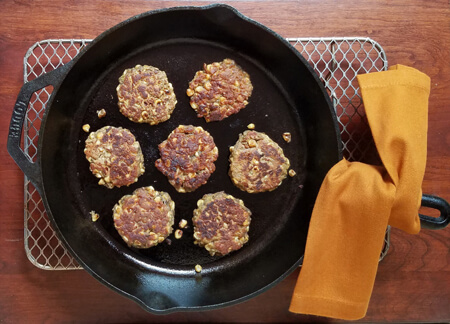
Chickpea Corn Cakes: Crave-worthy Carbs
Chickpea Corn Cakes: Crave-worthy Carbs

If you enjoy crunchy, sweet summer corn and savory, nutty chickpea flavors and a fast, easy recipe, continue. However, I feel compelled to defend corn just in case with this comment:
Carby chickpea corn cakes cause carb-avoiders cringe-worthy concerns, or conversely, conscious cravings. Now breathe.
Corn often gets dissed as low-nutrient, high-starch food, but this oversimplifies corn’s dietary profile.
Instead corn’s a good source of fiber, micronutrients and minerals that connect to health benefits.
As for corn cravings, sweet corn is a comfort food that connects us to summer and chowing down on a cob is just plain fun. Corn’s also a good source of umami offering savory, meaty flavors.
The Chickpea Ingredient
The chickpea in this recipe is from chickpea flour (besan or gram flour), a nutrient-rich, gluten-free flour. In these egg-free corn cakes, the sticky bean flour is a primary binding agent.
Enjoy corn cakes as an appetizer with a dollop of lemon yogurt sauce, garlic and walnut herb sauce or a salsa or as a dinner with a side salad.
Chickpea Corn Cakes
Yield: Makes 18-20
Ingredients
4 ears of corn (about 2 pounds trimmed or about 3 cups of kernels)
1½ cup chickpea flour
⅓ cup sweet rice flour
1 teaspoon baking powder 1 teaspoon fine sea salt
2 tablespoons ground sumac (a citrus-like flavor, but is optional)
¼ teaspoon cayenne pepper (or ½ teaspoon for more hint of heat)
¾ to 1 cup water
1 large shallot, minced (about ⅓ cup) (or ¼ of a small yellow onion)
4 tablespoons organic canola oil
Prep Steps
- Shuck corn if needed, cut off kernels (hold stalk upright in the center of a tea towel and use a chef knife to strip off kernels). If using canned corn, drain and pat dry the kernels.
- In a bowl, stir together chickpea flour, rice flour, baking powder, salt, sumac and cayenne.
- Add water, shallot and corn. Mix with a spoon until blended. If not using immediately, refrigerate for 20 minutes or overnight to make forming patties easier.
- Form palm-sized patties about 1/2” thick with an even surface for nice browning. In a large skillet, heat the oil over a medium-heat burner until it shimmers. Add patties leaving space between them, cook until each side is a dark brown color. Place on paper towels and repeat.
- Serve hot or at room temperature—see serving ideas below.
Serving Ideas & Nutrition Bonus:
Serve with dips sauces or topped with tangy Greek yogurt, Garlicky cheese-free pesto or a chunky-tomato ragout.
Nutrition bonus: for 4 corn cakes: Fiber 9 grams (woohoo) and 10 grams protein for only 236 calories
Like Chickpea flour? Also try my Chickpea shrimp fritters
Like the pan? I don’t represent Lodge cast iron, but do recommend them: more info here
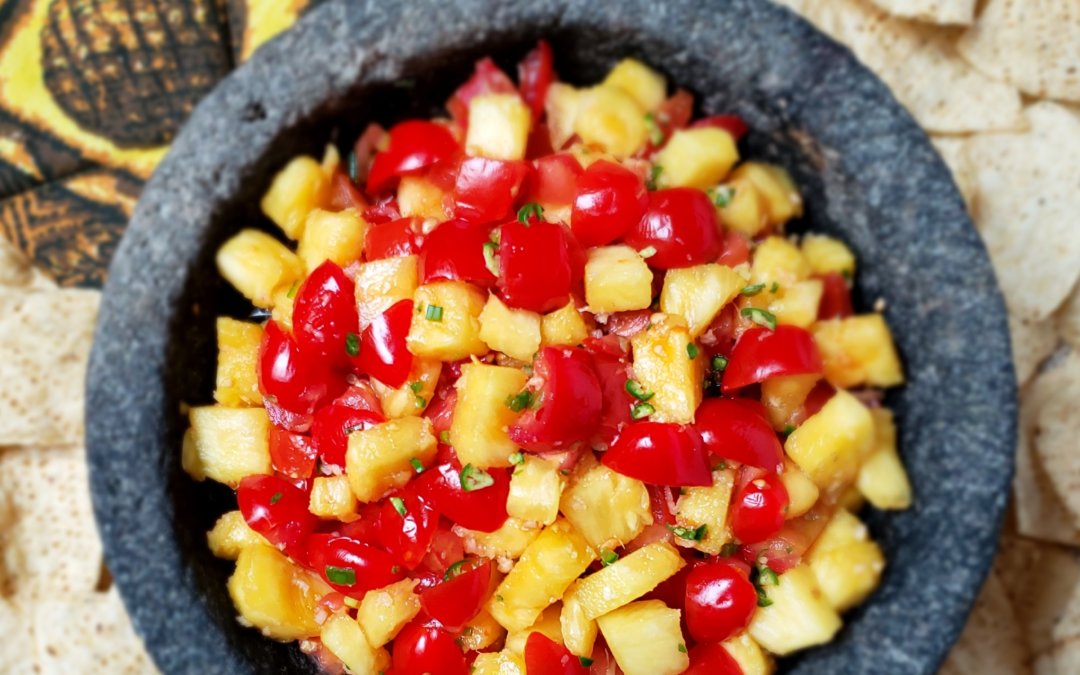
Pineapple Ginger Salsa Recipe
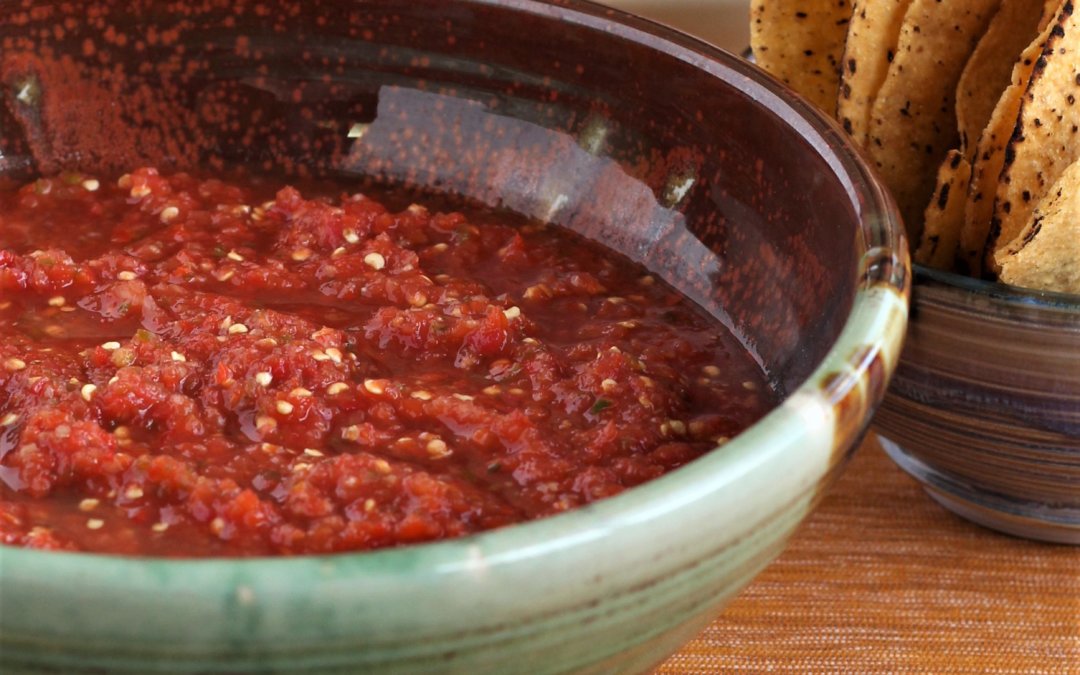
Salsa! Dance it or Eat it—Both Burn Calories
Dance it or eat it, but either way salsa boosts your mood, makes you hot and burns extra calories. Chile peppers in salsa contain chemicals that trigger heat sensations and cause your body to expend more energy--a metabolic effect called diet-induced...
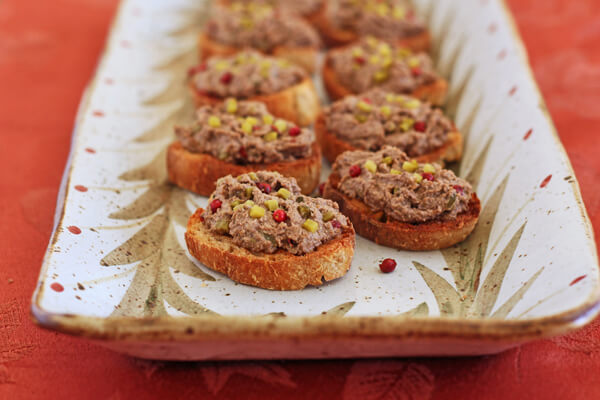
Lentil Mushroom Walnut Pate: Savory Bean-Meat Swaps
Swapping out a meat-based ingredient for a plant-based one is a balancing act of texture, taste qualities (like umami) and flavors from aromatic compounds. Particularly with liver—can you think of any plant that tastes or smells like it? Please let me know...
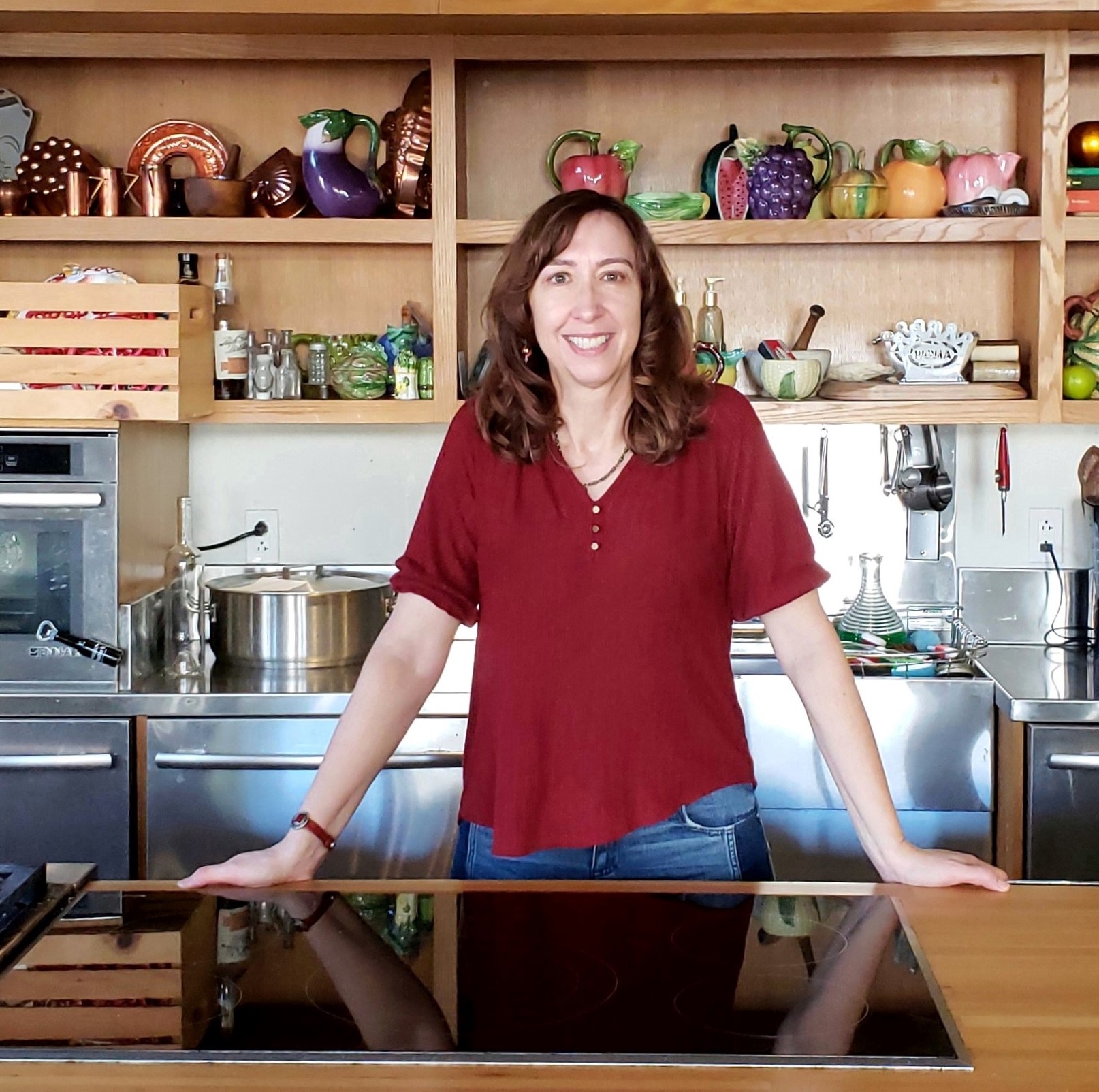
Michele Redmond
French-trained Chef, Registered Dietitian Nutritionist & Food Enjoyment Activist
It's about Making Food First
Get Eat Well Academy periodic updates on easy ways to choose and cook foods that satisfy your appetite, nurture your body and make eating well a pleasure.

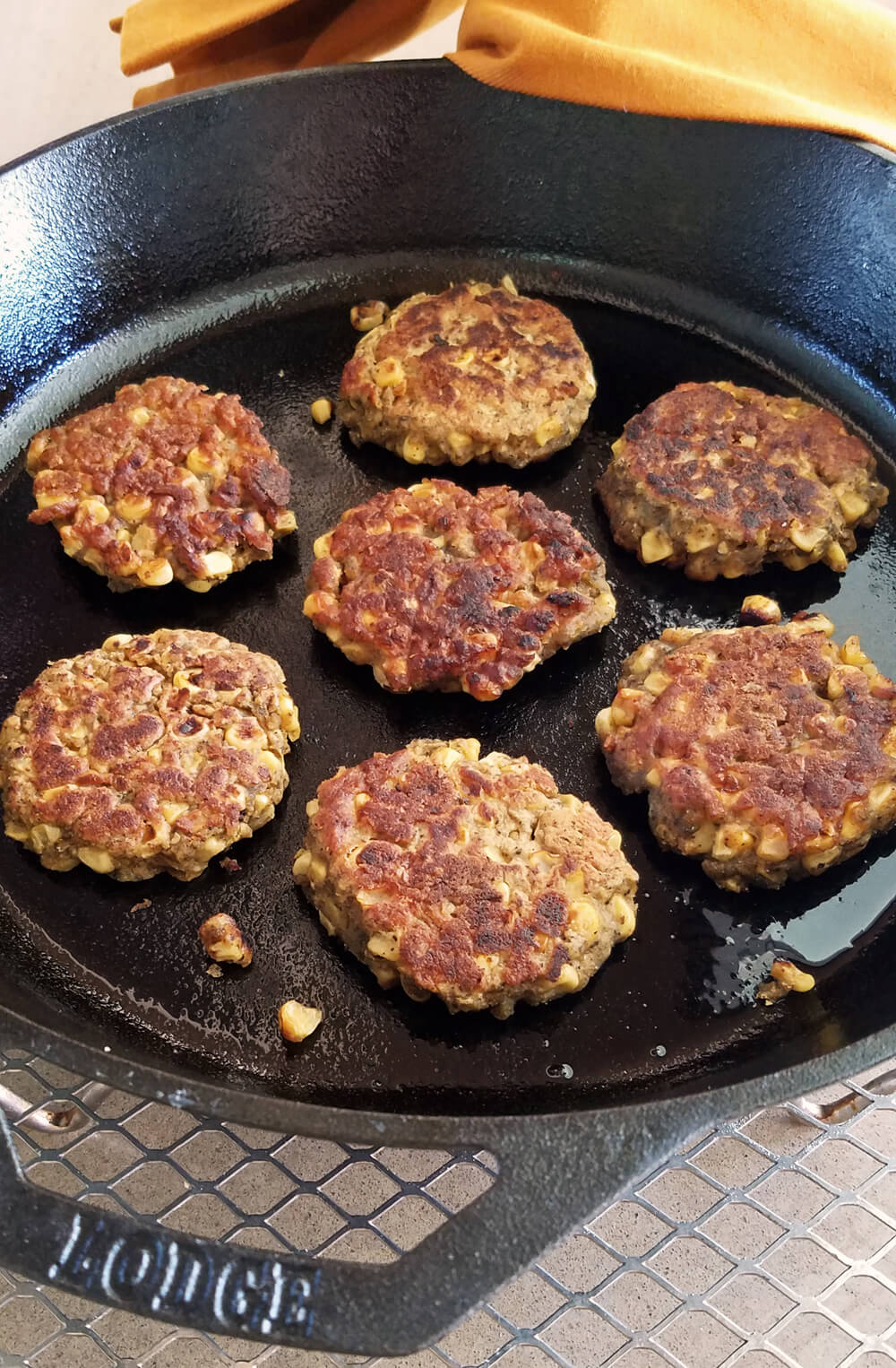
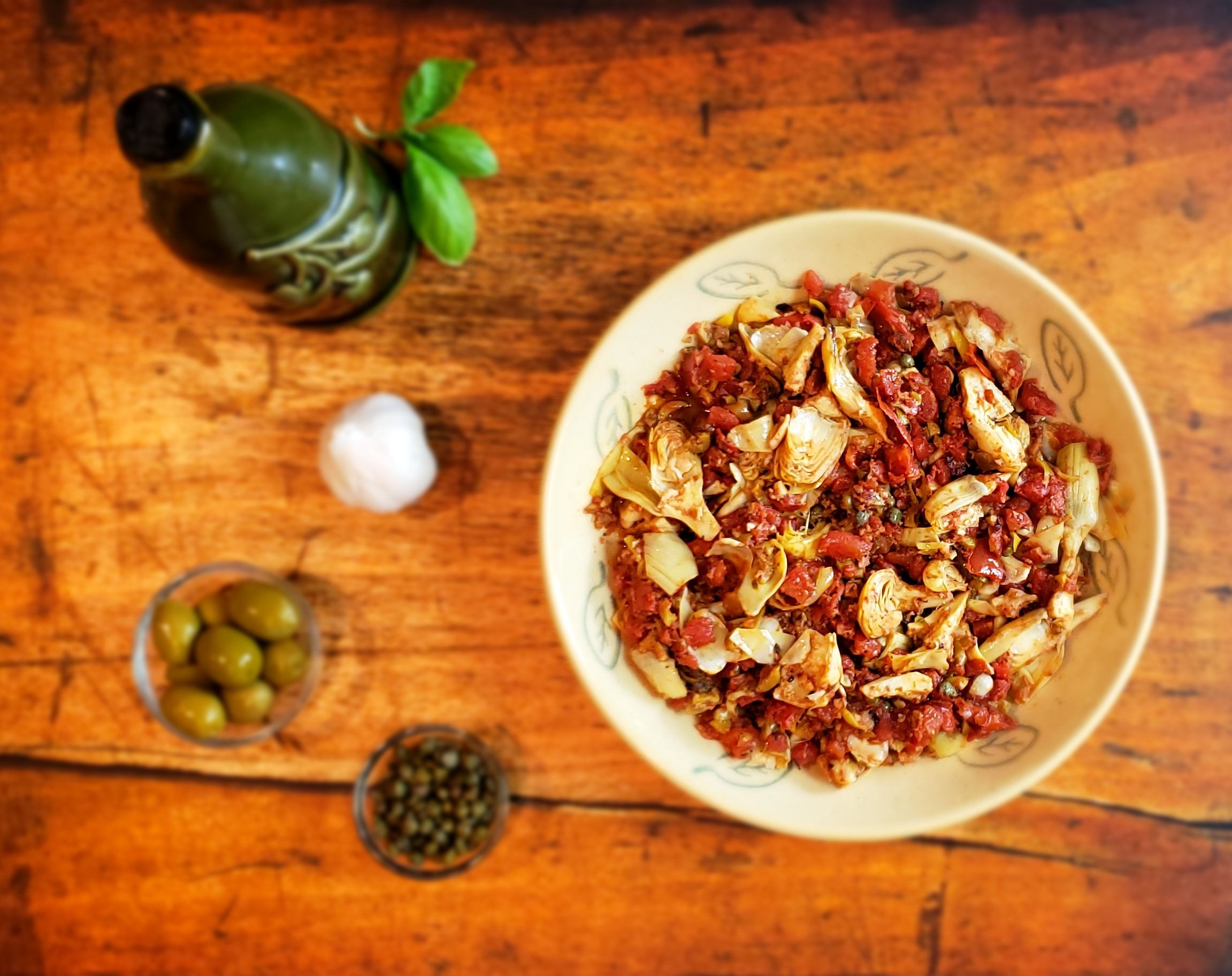
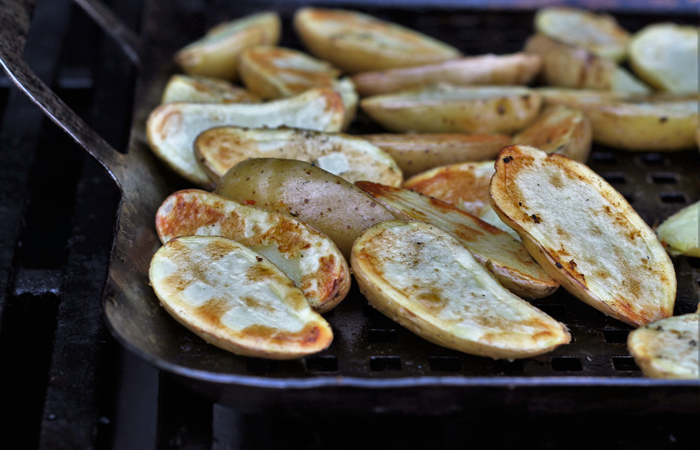
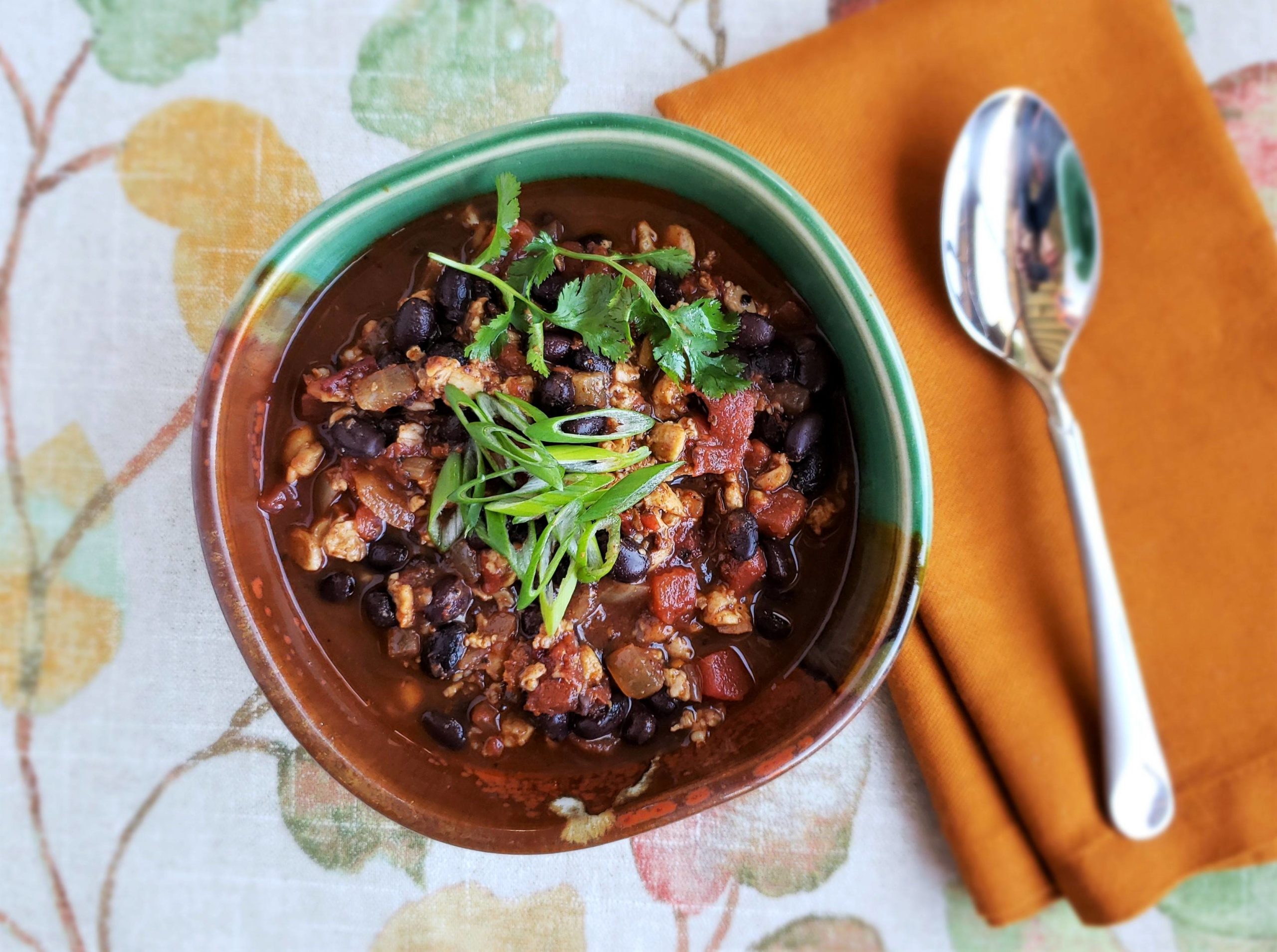
 The pleasure of food, good health and well-being through simple habits for eating well and flexitarian low-key cooking.
The pleasure of food, good health and well-being through simple habits for eating well and flexitarian low-key cooking. 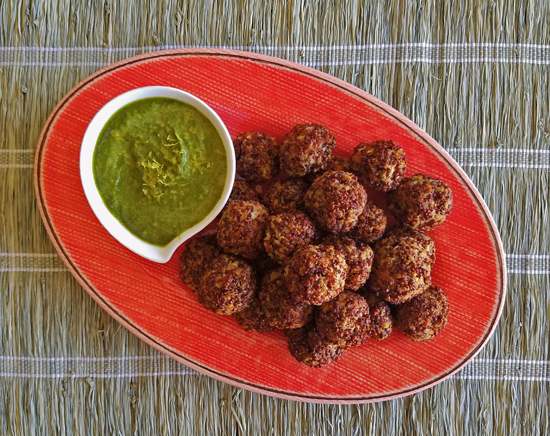




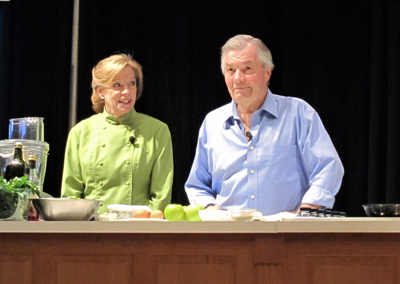

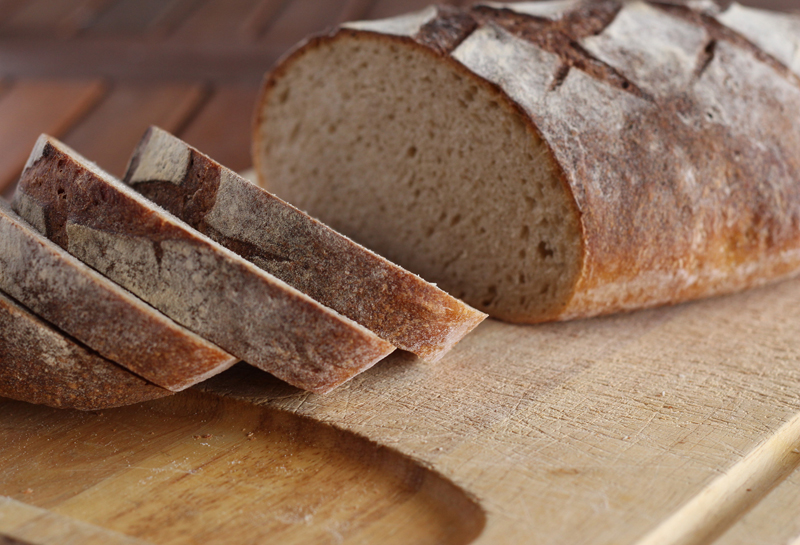



 Sourdough Bread Benefits
Sourdough Bread Benefits
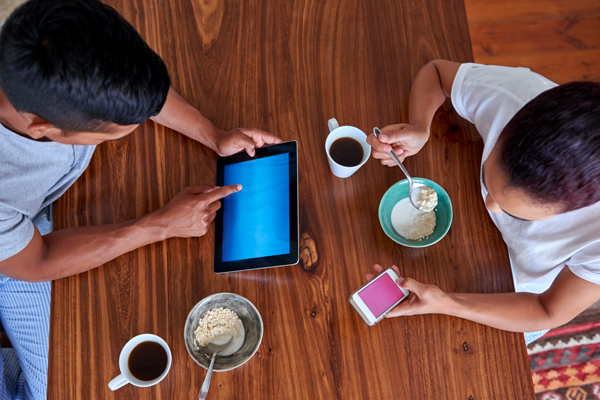
 “The shared meal elevates eating from a mechanical process of fueling our body to a ritual of family and community, from mere animal biology to an act of culture.”
“The shared meal elevates eating from a mechanical process of fueling our body to a ritual of family and community, from mere animal biology to an act of culture.”  Don’t set a place for phones since only 12 percent felt they belonged at a family dinner.
Don’t set a place for phones since only 12 percent felt they belonged at a family dinner.
